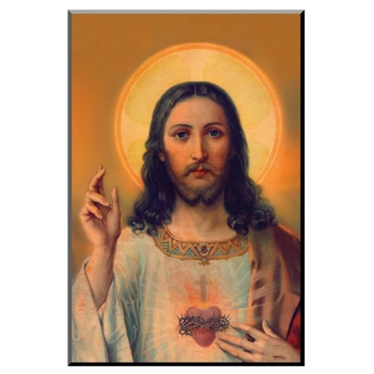As I count
the months before I leave Damongo, each event, each encounter and activity have
more significance.
A Carol’s
Night
December
this year was more memorable than one I had in my first year of mission. This is especially true of the Carol’s night celebration.
My first experience of the Carol’s night was at the St. Theresa’s Parish in
2022. This year (2024), I celebrated the service at the St. Anne’s Girls Senior
High School (SAGISS). While the format
is largely the same, I guess the reason I appreciated it more is that now I fully
understand the meaning of the activity.
In the first year my focus was on the Christmas Carols being sung by the
participants. This time around, as the
night unfolded, I realized that the nine lessons traced the great history of
God's redeeming work from its beginning in Genesis until the coming of Jesus as
Savior.
SAGISS celebrated
their Carol’s night just before the students went for their Christmas
break. We were joined by Catholic
students from the two public schools (Damongo Senior High School and Ndewura Jakpa Senior High Technical
School) in Damongo. The singing of the carols and dramatization of the
stories of the Gospel highlighted to us the good news of Christ's birth and helped
us to connect deeply with the spiritual message of Christmas.
The
specific carols sung during the service always change from year to year but the
following lesson (Scripture readings) basically remain the same since its
inception.
- First Lesson from Genesis
3:8-15; 17-19. God tells sinful Adam that he has lost the life of
Paradise and that his seed will bruise the serpent’s head.
- Second Lesson from Genesis
22:15-18. God promises to faithful Abraham that in his seed shall all
the nations of the earth be blessed.
- Third Lesson from Isaiah 9:2,
6-7. The prophet foretells the coming of the Savior.
- Fourth Lesson from Isaiah
11:1-3a, 4a, 6-9. The peace that Christ will bring is foreshown.
- Fifth Lesson from the Gospel
of Luke 1:26-35, 38. The angel Gabriel greets the Blessed Virgin Mary.
- Sixth Lesson from Luke 2:1,
3-7. Luke tells of the birth of Jesus.
- Seventh Lesson from Luke
2:8-16. The shepherds go to the manger.
- Eight Lesson from the Gospel
of Matthew 2:1-12. The wise men are led by the star to Jesus.
- Ninth Lesson from the Gospel
of John 1:1-14. St. John
unfolds the great mystery of the Incarnation.
Some
traditions never fade; they rather get enriched with time. And so, it was with the
Carols Night at SAGISS. It was truly a
night of lessons and reflection.
A
Double Wedding
In
February 2024, I shared with you the exciting news that before the end of the
year, we would have a quadruple wedding. Sadly, the quadruple wedding did not happen.
The law in Ghana requires the couple to first celebrate the traditional wedding
before any sacramental wedding could be officiated. Eric, our Secretariat
driver, still did not have his traditional wedding so he could not have the
wedding at the Church yet. The same was
true for Cynthia.
But the
good news is that we still had a double wedding before the year 2024 ended. In
a solemn ceremony held at the St. Theresa of the Child Jesus Catholic Church in
Canteen-Damongo on December 21, 2024, the Bishop of the Damongo Diocese, Most
Rev. Peter Paul Yelezuome Angkyier, presided at the sacramental marriage of two
couples: Irenaeus Saana and Gaamale Mildred, and Evans Gogu-Nwentieru and
Vivian Kuunyem.
Practical
advice for a successful and fulfilling marriage was given by the Bishop to the
couples. These include: trust and mutual
respect, fidelity, good communication, patience and perseverance. Concluding
his homily, Bishop Angkyier exhorted Irenaeus and Mildred, and Evans and
Vivian, to accept their new roles as Christian couples fully and without
reservations.
After the
celebration of the sacrament, everyone joined the couples at the courtyard of
the Church for food, drinks and dancing.
The SAGISS group moved to the Unity Center later in the afternoon to
join Evans and Vivian (Vivian was also the Matron for the School) for a few
more drinks and bonding.
This day was a joyous occasion celebrated with heartfelt prayers and blessings, leaving all who witnessed the sacred union of two couples, with a lasting memory.

































